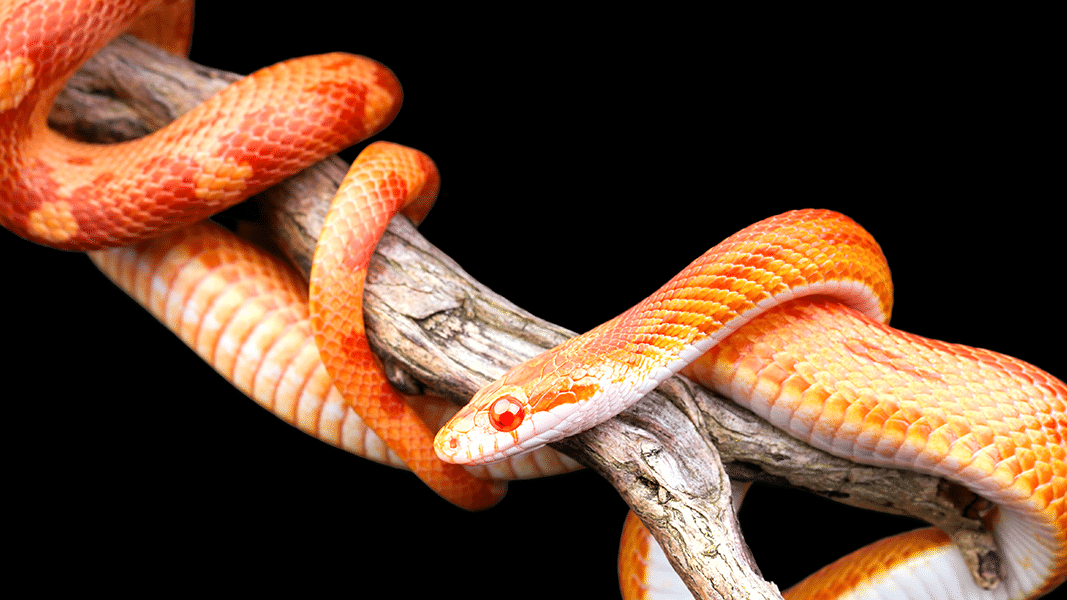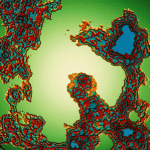Panic, as a mental health disorder, results from overactive stress hormones, hypersensitivity to certain neurotransmitters, and a desensitization to the parasympathetic system — which is supposed to quell the fight-or-flight reaction after a threat has disappeared.
New research from Brazilian scientsts in São Paulo examined how endocannabinoids, specifically anandamide, plays a role in panic-like reactions in mice. Injecting various doses of anandamide into a brain region called the dorsomedial hypothalamus, they found that moderate doses suppress panic, but high doses have no effect. This is called a “biphasic” or “U-shaped” dose response. The moderate dose of anandamide activated CB1 to reduce panic-like behavior. But at high doses, anandamide also began to activate the ion channel TRPV1, which counteracted anandamide’s anxiolytic effect. THC also has a biphasic effect on anxiety, possibly through the same two receptors. How did the researchers get the mice to panic? They put the mice in front of a predator — the South American rainbow boa snake.
Adrian Devitt-Lee is a research scientist and longtime Project CBD contributor. © Copyright, Project CBD. May not be reprinted without permission.







